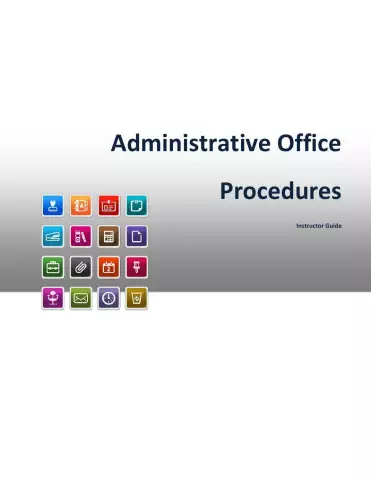High unemployment has a bad effect on the psychological state of people, macroeconomics and even politics. Experts carefully study this phenomenon in order to develop the most effective methods of dealing with it. In particular, they identify many types, forms and types of unemployment and develop a special method for solving the problem in each case.

What are the forms of unemployment
As a rule, there are only two main forms of unemployment: this phenomenon can be massive and partial. Accordingly, the difference between such options lies in the number of people who are not employed anywhere.
Partial unemployment is a natural phenomenon that occurs in different countries and does not cause serious concern. In this case, a small part of the population remains unemployed for various reasons, including layoffs, a desire to change positions, etc.
Mass unemployment is associated with very serious problems in the economy of a country or a number of countries. It arises during an acute crisis, when a huge number of enterprises are closed, jobs are cut, and people are left without work and almost no opportunity to get a job. It is worth noting that mass unemployment can manifest itself within one city, and not the whole state. Usually this situation arises in cases when an enterprise or a number of enterprises that provided jobs for most of the people in a given locality is closed.
The main types of unemployment and the differences between them
There are many types of unemployment, which are distinguished according to different criteria. They often talk about forced and voluntary unemployment. In the first case, a person simply cannot get a job due to a lack of vacancies or too high a level of competition. In the second case, people themselves refuse many offers, because they are not satisfied with the location of the office, the level of wages, a set of responsibilities and other points.
Unemployment can also be volatile and structural. The first case is widespread: it includes all situations when people leave work, choose seasonal vacancies and work only at certain times of the year, or cannot immediately get a job after graduation. The second case is much more serious: it implies serious economic restructuring, the emergence of new vacancies for which there are still no specialists with the required qualifications, and the obsolescence of some professions.
Finally, it is worth considering three more types - institutional, frictional and hidden. In the first case, the problem lies in the special policy of the state, leading to a reduction in the number of jobs. Frictional unemployment suggests that most of the unemployed are looking for attractive vacancies and, due to high requirements, cannot yet find them. Hidden unemployment occurs when people hide their position from society and the state.






